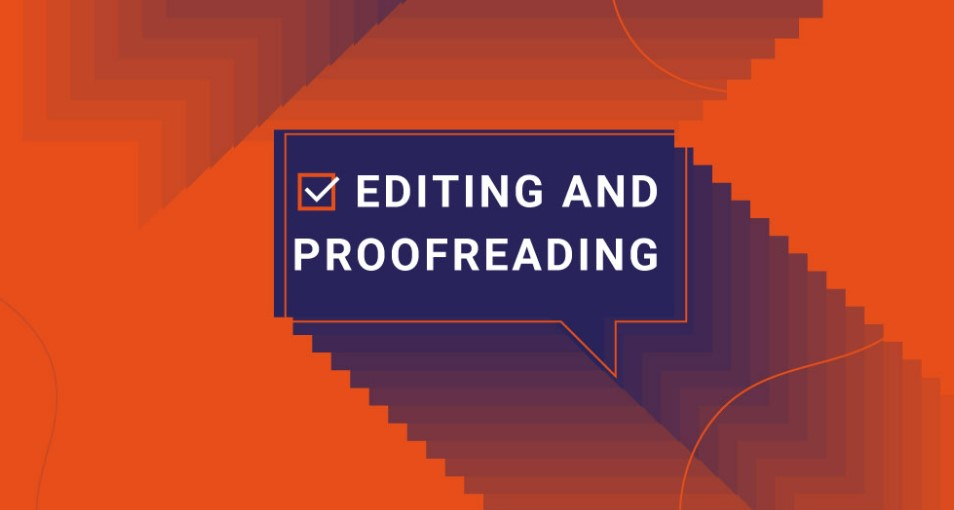
Editing and Proofreading
Steps to follow in Editing and Proofreading
Let’s try to understand the various editing and writing techniques that need to be followed while editing and proofreading a manuscript.
Editing is generally done not merely by correcting the surface-level errors or simply enhancing the sentences. It has to do more with understanding the overall logistics of the paper and conceptual correction. This is apart from pointing out or correcting errors related to data and known facts.
How to find a good academic editor in India
A good editor has good subject-level knowledge or domain-related knowledge related to the paper. For example, if an editor is checking a paper related to finance, then he should have an advanced degree related to finance. Apart from that, he should be aware of the latest happenings in the field.
Specific editing techniques for a good editor
- First, the editor should look at whether all the questions in the papers have been answered. If not, then the editor should point this out to the editor.
- The second thing that the editor needs to take care of is whether all the paragraphs support the central thesis.
The above points pertain to the conceptual clarity of the paper. This is related to the content of the paper.
After checking the content, an editor needs to look at the overall structure of the paper and whether there is an introduction and a conclusion in the paper.
Logical transition: Do all the paragraphs follow a logical transition? The transition in the paper should not be abrupt. It should have a smooth flow of ideas presented in the paper.
Structure: Also, the paragraphs should have a clear structure. Also, are there paragraphs that should have been included in the paper (thesis)?
Clarity: After this, the editor should check the clarity of the paper. Also, check whether the paper is able to clearly address all the issues.
Language: The editor should check whether the language of the paper is proper. If the language of the paper is not proper, then the editor should bring this out to the author and correct it in coordination with the author.
Style: If it is a thesis, then check the appropriateness of style as per the journal guidelines. Also, check the citations and references if they have been correctly done and follow the style recommended.
Once you are done with the editing part, you can concentrate on proofreading.
What proofreading techniques should you have for your paper?
- One of the techniques used by the proofreaders is to read the paper aloud, which helps catch language- and grammar-related errors.
- Next, you can concentrate on the commas, full stops, and other small errors. Try reading it backward. It’s a smart thing to correct errors in one go and then concentrate on other types of errors.
- Do not totally rely on a spell checker or any other software; sometimes, the checker may not bring all the errors.
- Read slowly so that you can catch hold of small errors.
- Keep helpful resources near you so that you can consult them whenever you need them.
Conclusion: The above are some of the techniques mentioned. While the above is suggested, each editor may follow their unique style.
Email to info@contentconnects.in for editing and proofreading services